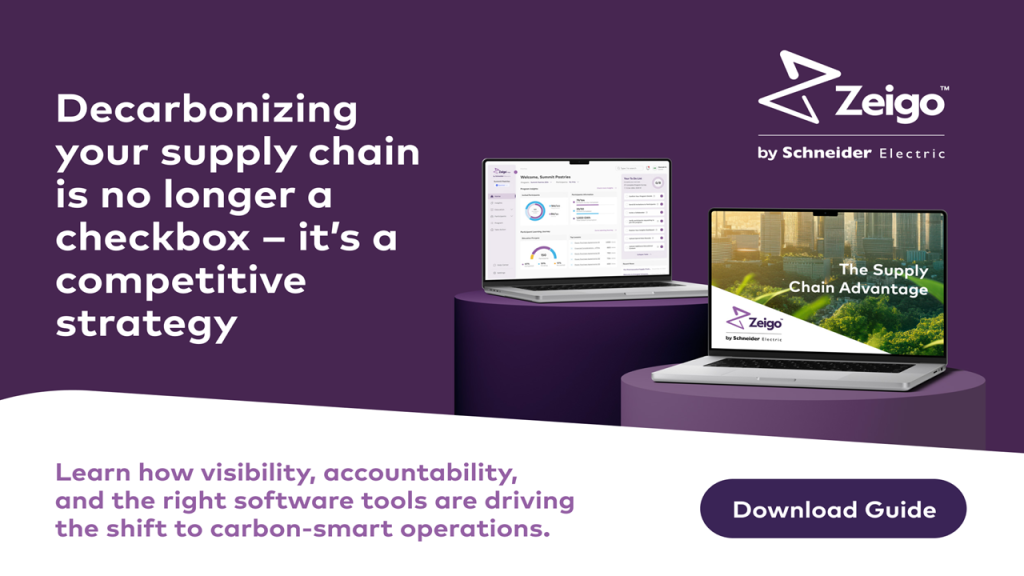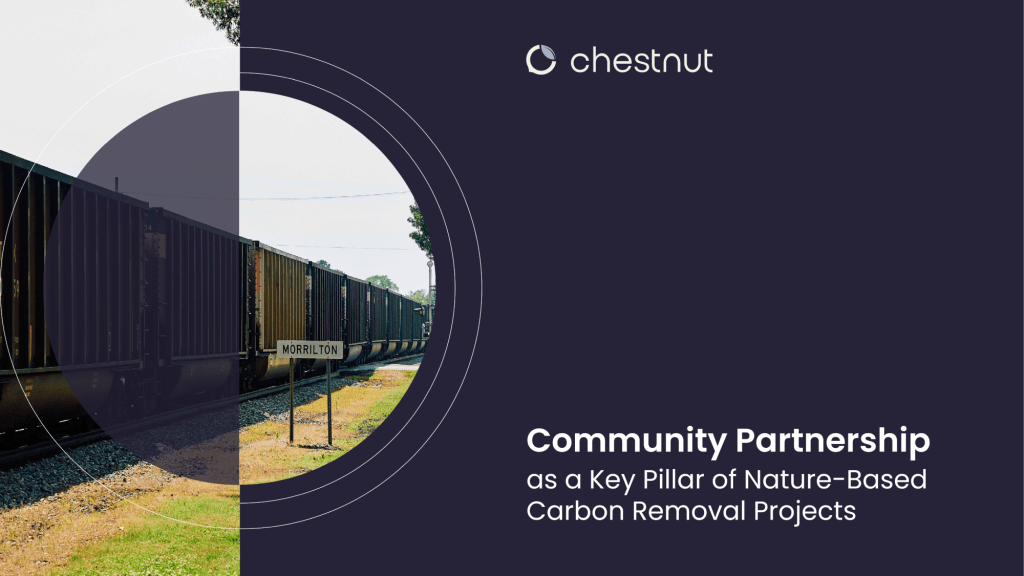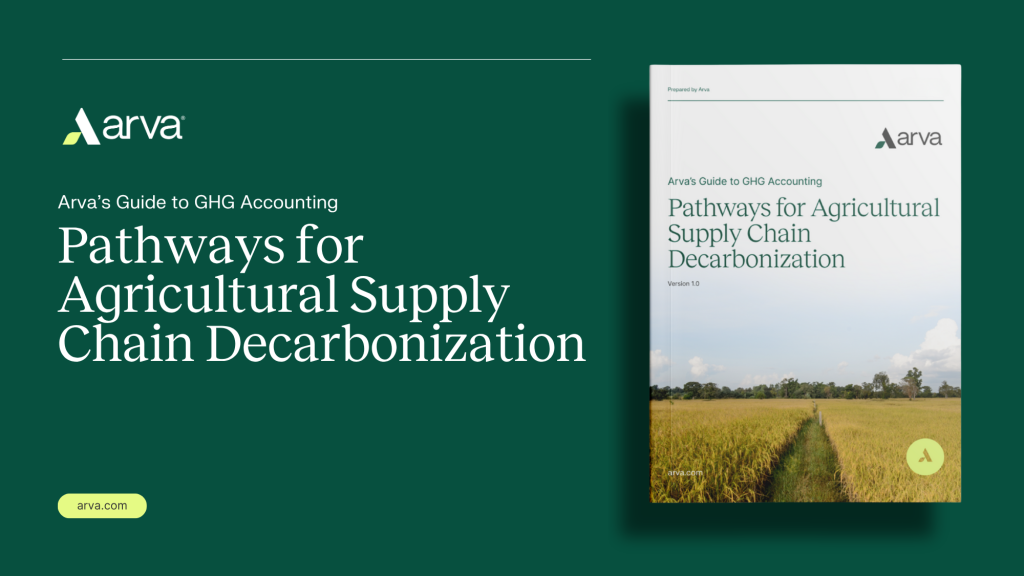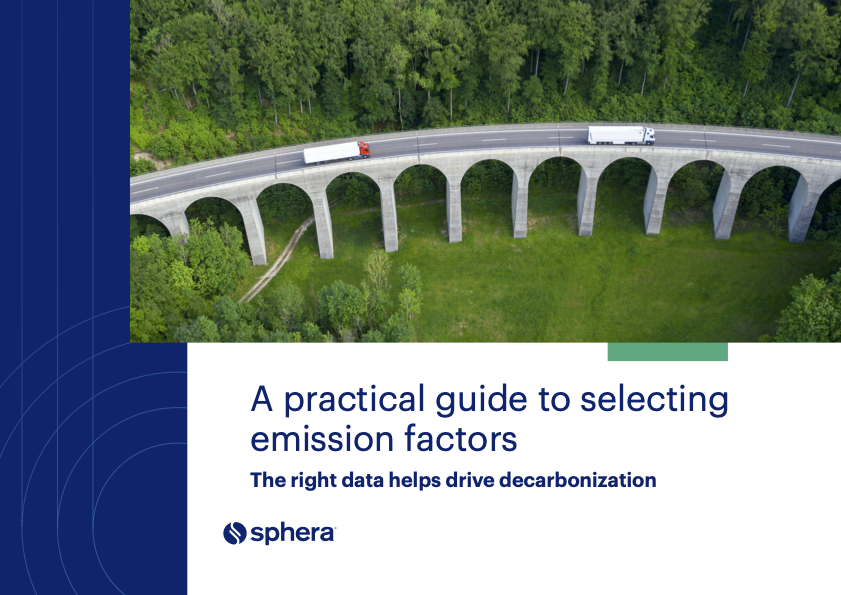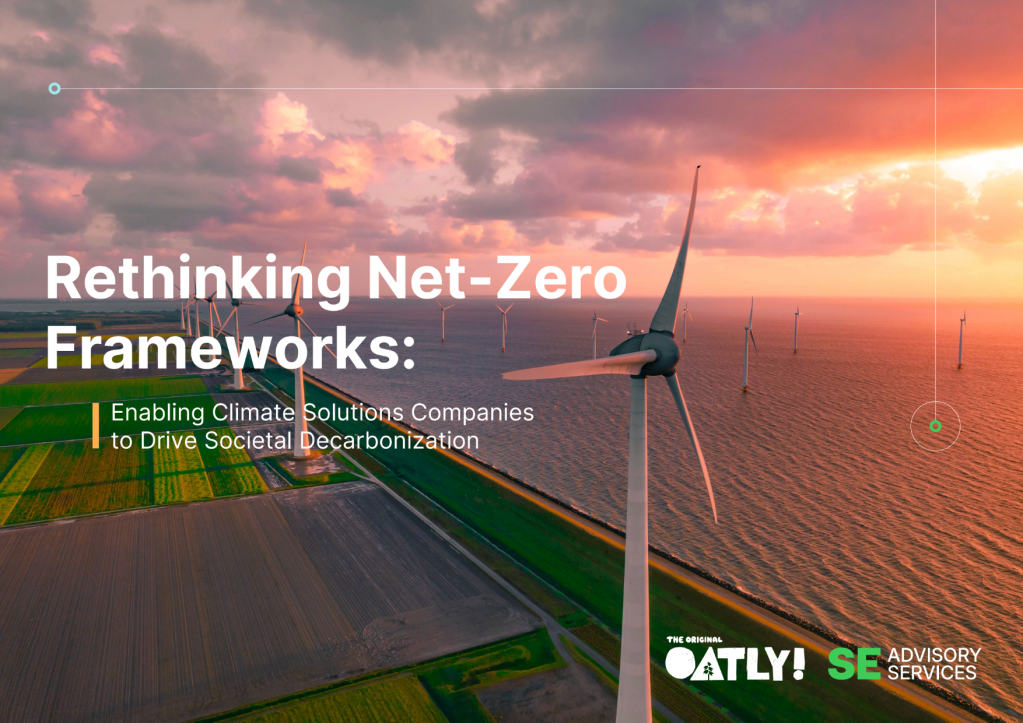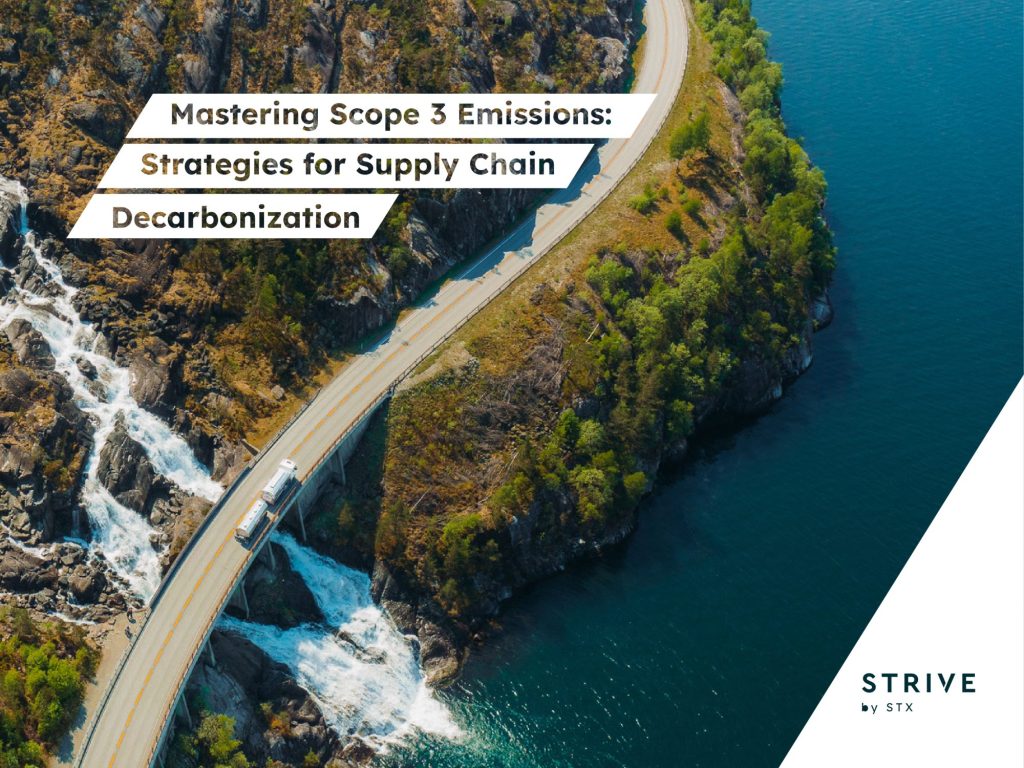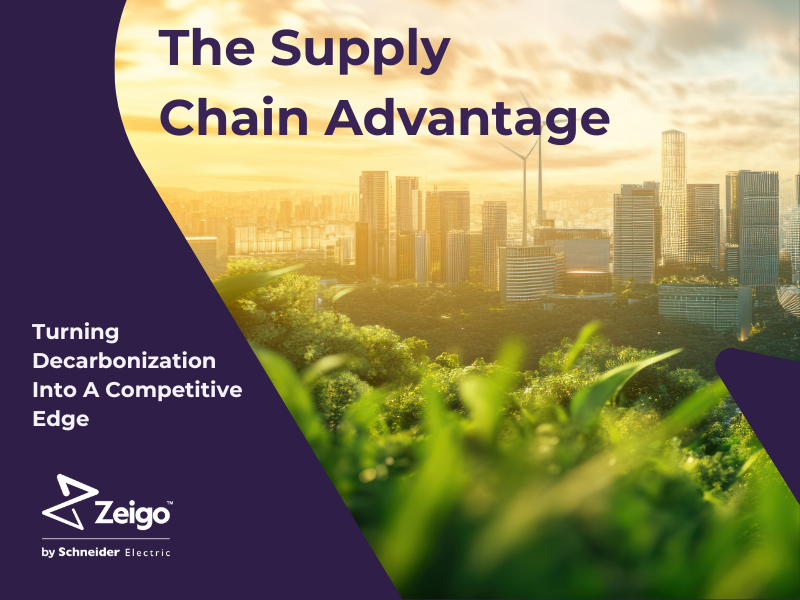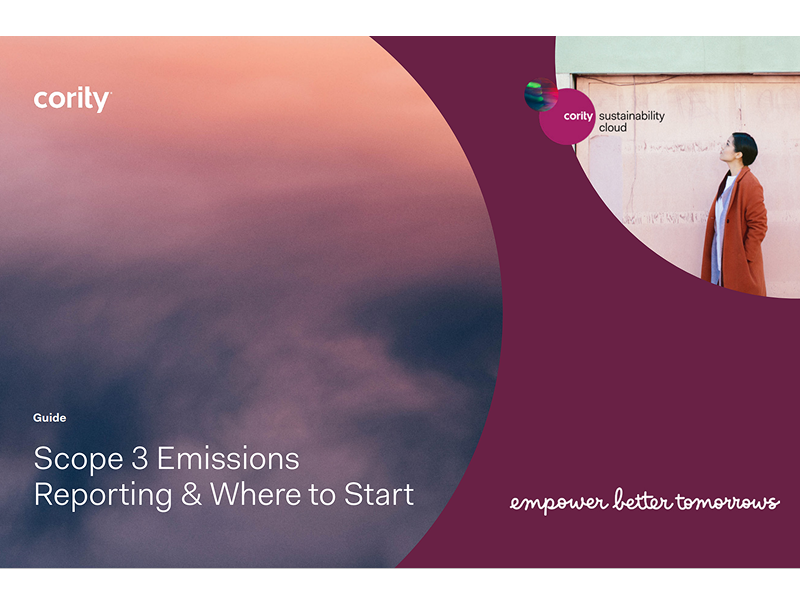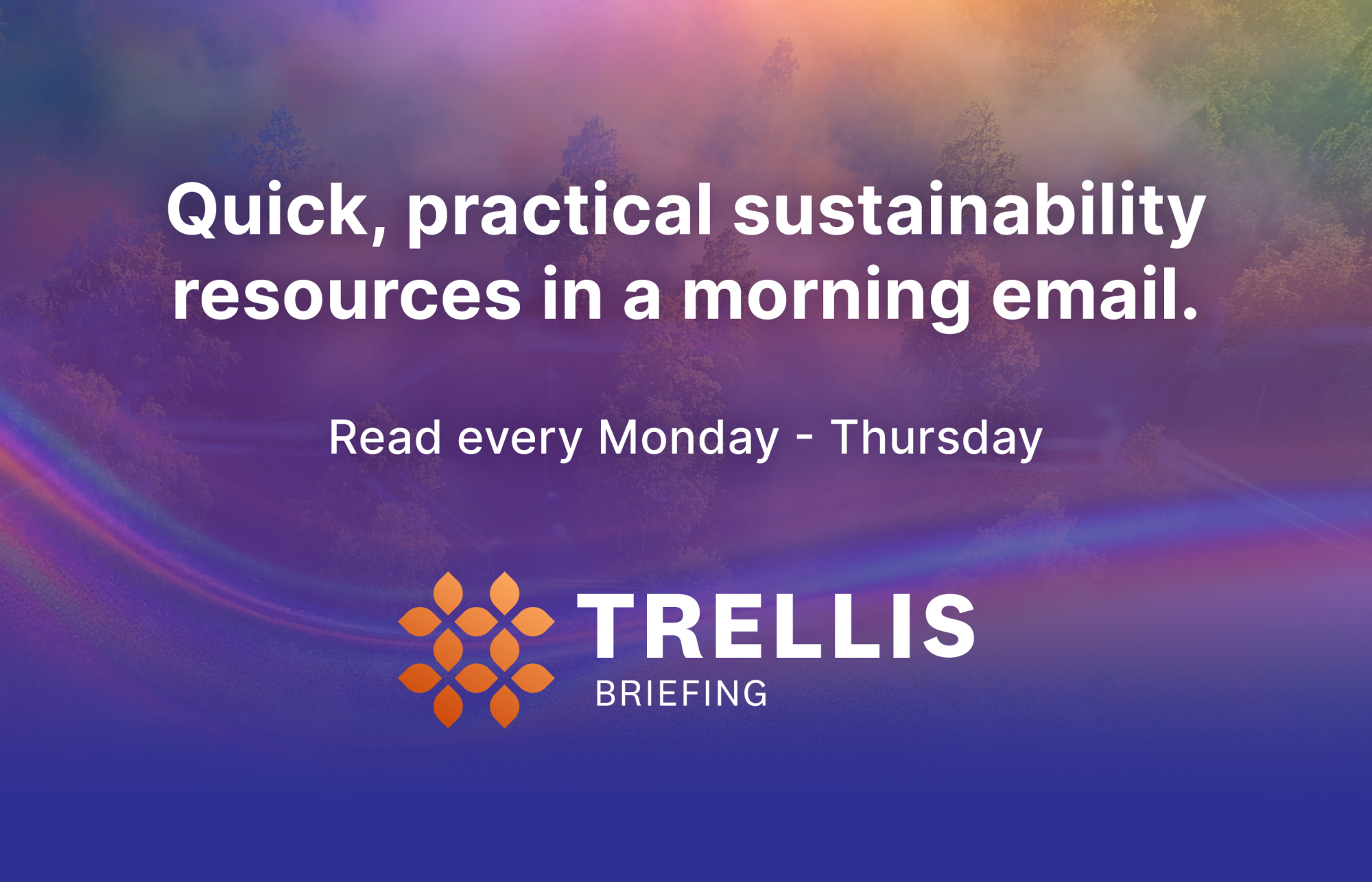31 subsidiaries, 905 warehouses: How to manage sustainability at a holding company
Dozens of diverse portfolio companies can make it challenging to implement ESG strategies. Read More

- Holding companies present unique challenges in developing and implementing cohesive sustainability programs.
- When implemented correctly, ESG programs can serve as a lens for performance evaluations for portfolio companies and future acquisitions.
- Key factors for success include understanding the pressures holding companies and their subsidiaries face and collecting and aligning divergent data sets.
The opinions expressed here by Trellis expert contributors are their own, not those of Trellis.
Developing and implementing a strategic and aligned sustainability program across a large company is difficult enough. But when you’re a holding company — with dozens of wholly or partially owned subsidiaries under one umbrella — creating a successful ESG strategy becomes even more challenging and complex. Complicating things further, these portfolios are often geographically distributed and face differing regulatory or cultural expectations regarding sustainability performance, goals and disclosures.
Companies such as Microsoft, Costco and Switzerland-based Partners Group manage large portfolios of smaller companies that operate in many sectors. Costco, for example, has 31 subsidiaries and operates 905 warehouses worldwide. To streamline its sustainability efforts, Costco has implemented the STAR (Sustainability Technical Assistance Review) program, which helps warehouses manage compliance, energy, water, waste and emissions.
On the other hand, Partners Group, a global private markets firm, has an overarching sustainability strategy but delegates operational control of its sustainability efforts to local “champions” responsible for ensuring sustainability processes and initiatives are tailored to each business unit.
From our work advising holding companies, we’ve identified three issues that, if well thought through and implemented, can lead to more successful sustainability strategies and outcomes.
Understand the pressures businesses face
Just like any business, holding companies face inside and outside pressures on business operations that inevitably influence ESG strategy. If anything, holding companies may face more pressure simply because of how large and diverse they are. Portfolio companies in the software sector have fundamentally different issues to deal with from manufacturing or healthcare companies.
Holding companies must consider the inputs and perspectives of a wide range of stakeholders, who can exert pressure to act in a certain way or address their specific interests. They must decipher what pressures require a corporate-wide response and which are concentrated at the portfolio company level and can simply be addressed there.
For example, one European-based holding company we work with leaves ESG strategies to its portfolio companies and doesn’t attempt to develop a coherent corporate-level approach. Operationally, this means there’s no overall guidance on priorities such as goal setting from the parent company, which only requests for performance (such as GHG emissions) data. In other instances, the parent company will provide specific directions for its portfolio firms to support an overall top-down strategy.
Analyze leadership styles and culture
How a holding company manages its portfolio companies is another major factor to consider. Whether the company uses a hands-off or hands-on approach will affect how sustainability performance is addressed.
Take the example of two multinational holding companies. One has a hands-off approach, where corporate leadership at the holding company prefers to let the portfolio companies have a wide degree of autonomy in day-to-day activities. In this “bottom-up” approach, each portfolio company is responsible for designing and implementing its own approaches to ESG issues to reflect its sector and the internal and external pressures it may be facing.
This may mean that each portfolio company is responsible for determining its own material issues, data collection efforts and producing its own ESG reports. Contrast that with holding companies involved in a “top-down” approach, in which the holding company has clear priorities for overall ESG strategy and expects its portfolio companies to operationalize those priorities. This can mean all its portfolio companies have a common approach to materiality (if not the same list of material topics), data collection, reporting and disclosure.
In either instance, setting and clearly communicating expectations and delineating responsibilities between the corporate level and the portfolio level is important.
Align and collect data
It’s not uncommon for firms in a holding company’s portfolio to have independent data systems that aren’t aligned and don’t communicate with one another. This can make aggregating disparate data sets difficult, as each portfolio company may use different methods of collecting data or measure different kinds of data altogether.
The holding company needs to determine what specific sustainability challenges its portfolio firms are facing and whether data collection at the subsidiary level or the entire holding company is the best strategy.
For example, a tech holding company that uses a bottom-up approach to gather sustainability data for each of its portfolio companies asks each of its approximately 25 portfolio companies to manage their own ESG data collection independently and then report back to holding company top management. This provides more localized operational freedom but can result in disparate datasets that are difficult to compile and compare across the entire portfolio.
Another multinational company with a portfolio focused on manufacturing industrial equipment takes the top-down approach, with an aligned set of material issues and datasets that it requests from its subsidiary firms. The holding company offers training sessions to its portfolio companies to enhance data quality and has an executive in charge of each portfolio company who supports the annual data collection process. This means that data is more easily centralized and cohesive across all companies, thanks to the holding company’s leadership coordinated effort.
When in doubt, focus on the business case
The reasons holding companies develop ESG strategies vary — customers, investors and market pressures all play a role. No matter the reason, the impact of a strong ESG strategy is what remains constant. If a holding company gets its sustainability strategy right, it becomes integral to its overall business strategy. It provides a lens for performance evaluations for portfolio companies and future acquisitions, creating a baseline and measurement for future success.

Subscribe to Trellis Briefing
Featured Reports

The Premier Event for Sustainable Business Leaders

